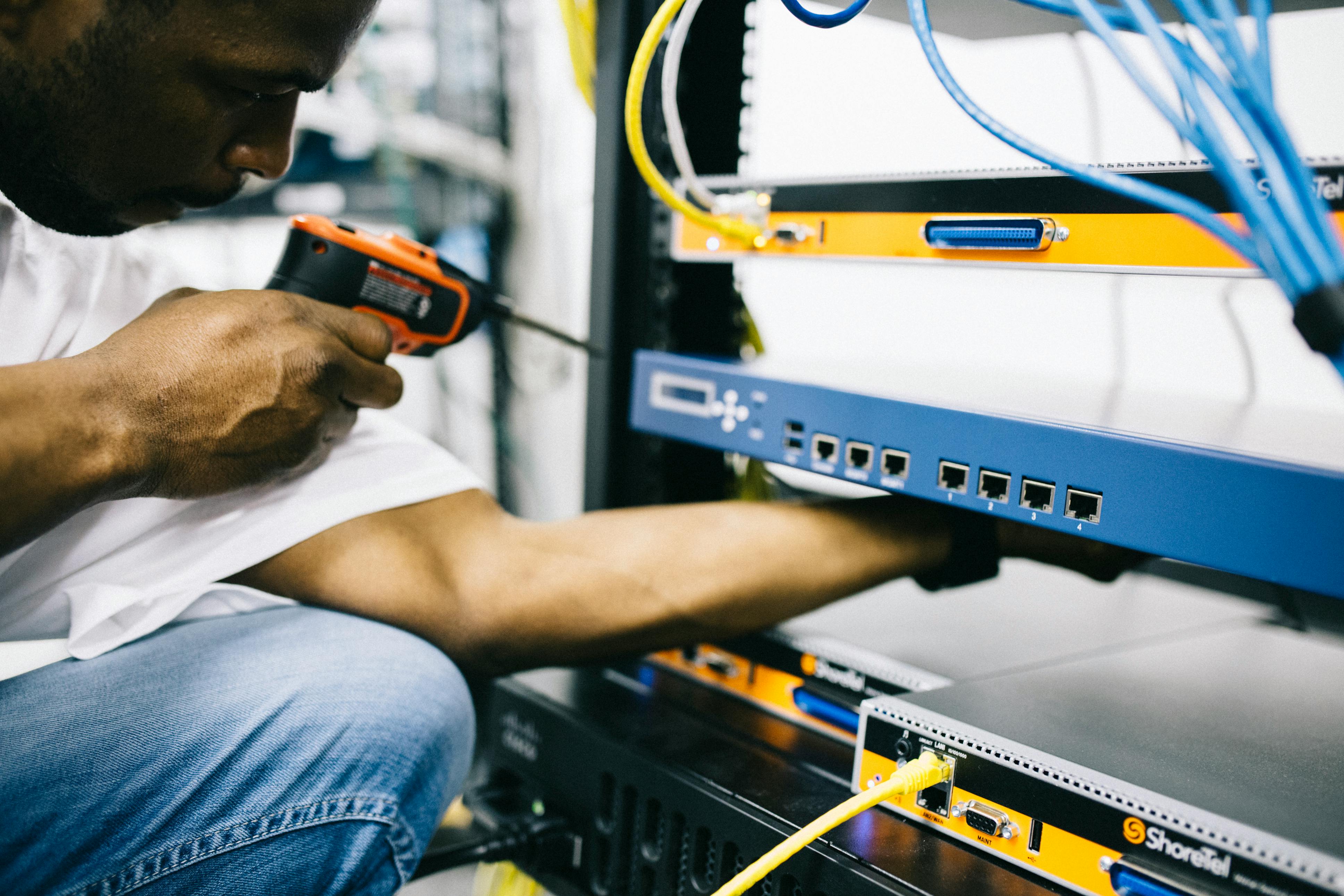Remote maintenance workflows for devices across multiple locations
Managing devices spread across offices, retail sites, or field locations requires disciplined remote maintenance workflows that balance uptime, security, and lifecycle costs. This article outlines practical approaches to coordinating firmware and driver updates, running diagnostics, and handling repairs or upgrades without on-site visits. It highlights how to preserve hardware longevity, reduce energy use, and integrate recycling or repairs into a sustainable lifecycle strategy while keeping performance and compatibility at the forefront.

Maintenance: centralizing remote workflows
Effective remote maintenance begins with a centralized system for inventory, scheduling, and policy enforcement. Asset inventories should record device models, hardware specs, installed firmware and drivers, warranty status, and location. Centralization enables automated update rollouts, staged patches, and prioritized routines for devices that perform critical tasks. Workflows typically combine remote management tools, ticketing systems for repairs or upgrades, and local services for physical interventions. Emphasizing repeatable checklists and role-based permissions reduces human error while improving response times and overall maintenance consistency across multiple locations.
How are firmware and drivers handled remotely?
A controlled firmware and driver strategy reduces compatibility problems and unexpected downtime. Test firmware and driver updates in a representative lab or on a pilot group before broad deployment. Use staged, policy-driven rollouts with rollback capability in case an update causes regressions. Maintain a change log detailing versions and affected models to aid troubleshooting and audits. Where possible, automate validation steps such as boot checks, performance benchmarks, and compatibility scans to confirm updates do not conflict with essential applications or peripherals.
How to schedule updates and ensure compatibility?
Scheduling updates should consider business hours, device criticality, and dependency chains between software and hardware. Implement maintenance windows and use maintenance windows that differ by location to preserve local operations. Compatibility checks—matching drivers to OS versions and verifying peripheral support—are essential before wide deployment. Employ canary deployments and phased approaches so a small percentage of devices validate compatibility in real environments. Maintain documentation of supported OS, driver, and firmware combinations to prevent mismatched updates that could degrade performance or lifecycle.
How to extend hardware longevity and performance?
Proactive measures extend device longevity and maintain performance: apply performance-tuned updates, replace failing components promptly, and adopt preventive maintenance schedules for cooling and storage subsystems. Monitor health metrics like CPU temperature, storage error rates, and battery cycle counts remotely using agents or management APIs. Where upgrades are viable—memory, storage, or SSD replacements—assess cost versus lifecycle benefit. Regular housekeeping, such as driver updates and disk maintenance, helps preserve performance and delays the need for full device replacement.
How to use diagnostics and troubleshooting remotely?
Remote diagnostics start with logging, telemetry, and automated health checks that surface degradations early. Implement centralized logging and aggregated alerts so technicians can correlate issues across locations. Remote access tools and secure shell/management consoles enable live troubleshooting, while diagnostic scripts can run automated tests for network, storage, and peripheral compatibility. For physical faults identified remotely, coordination with local services or certified repair partners enables timely repairs or parts replacement without unnecessary on-site visits.
How to ensure security, backups, and sustainability?
Security and backups should be integral to maintenance workflows: enforce secure update channels, sign firmware where supported, and require multi-factor authentication for management consoles. Regular backups and tested restore procedures protect configurations and essential data. Sustainability considerations—energy-efficient power settings, planned recycling of end-of-life devices, and repair-first approaches—reduce environmental impact and support total lifecycle management. Track energy consumption remotely when possible, and prioritize upgrades or repairs that extend usable life while maintaining compatibility with current systems.
Conclusion Remote maintenance across multiple locations is achievable through centralized inventory and policy control, disciplined firmware and driver processes, scheduled updates with compatibility testing, proactive hardware care, comprehensive diagnostics, and integrated security and sustainability practices. Well-structured workflows allow teams to preserve performance, lengthen device longevity, and minimize disruptions while managing repairs, upgrades, and end-of-life decisions consistently across dispersed sites.





